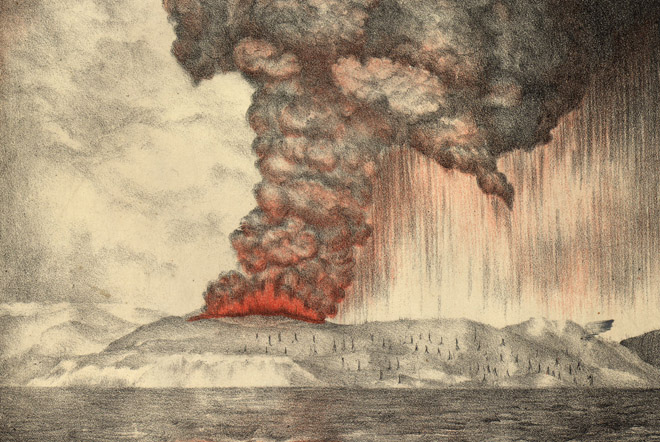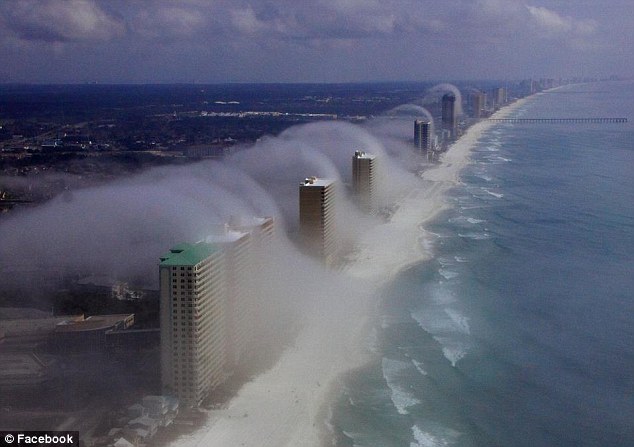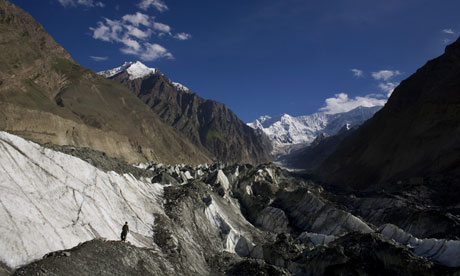
© Wired.comSo, where do you hide an eruption that might have been 8 times larger than the 1883 eruption of Krakatau in Indonesia?
Over the last few weeks, we've seen a number of
high-profile studies come out looking at
global climate that refer to a mystery. According to ice core and sediment core records from many places on the globe, there was a very large volcanic eruption in 1258 A.D. - so big that it injected somewhere between 190-270 megatonnes into the atmosphere (to put in another way, it produced between 300 and 600 megatonnes of sulfuric acid).
This would make the 1258 eruption ~8 times larger than
Krakatau in 1883 and two times larger than
Tambora in 1815 (when comparing their sulfate injection mass;
Emile-Geay et al., 2008). So, how does the geologic community (or historical community for that matter) not have any record of such an massive eruption that happened less than 800 years ago?
First, I should discuss a little bit of the evidence for the 1258 A.D. eruption. As mentioned above, there is a record of
increased sulfur and ash particles in ice cores from both the North and South Poles, along with other places such as sediment from Lake Malawi (Emile-Geay et al., 2008). Now, many of these ice cores and sediment records have been dated, so we can correlate them across the globe (within error). The combined data points towards an eruption that occurred in 1258 (or possibly 1259) - in fact, based on some of the weather records from Europe, the date could be constrained to between January and mid-May 1258 (Stothers 2000).


